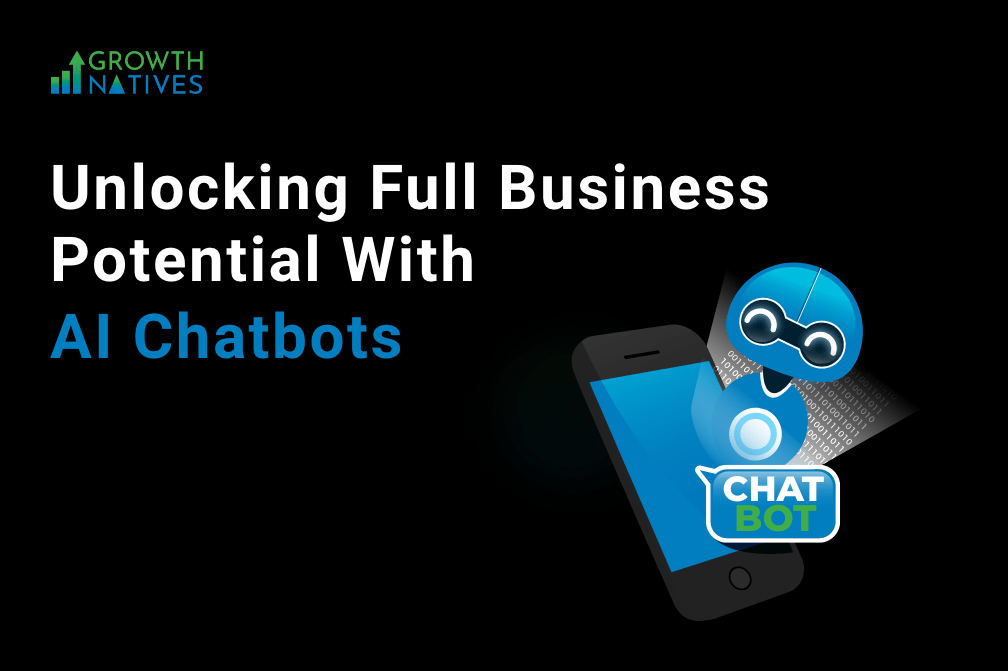
Merging Two Marketo Instances: 6 Critical Steps
By Sakshi Arora
Dec 21, 20225 min read
Is your company undergoing a merger? If yes, then you are probably wondering how your Marketo instances will work together? What is the easiest and smoothest way to integrate two instances with minimal disruption to the two business processes while maintaining historic data and data integrity? Well you do need to worry, we've got it covered! Follow these steps to efficiently merge your Marketo instances.
6 Steps to Follow for Merging Two Marketo Instances
Merging two companies is similar to moving in with your loved one. The entire process requires planning and honest communication to ensure success. Well that is the case when it comes to merging Marketo instances.
There are three options that you can follow for an instance merge: Alternately, you may burn both instances to the ground and start over by moving Company A to Company B's instance and vice versa.
While most of the marketers might pick the first option, the acquired company usually merges into mothership. Here are the tasks and timelines necessary to ensure a successful merger of two Marketo instances, regardless of which side of the acquisition you are on.
1. Kickoff Meeting
The merger's most important meeting—and one that frequently goes unnoticed—is this one; the kickoff meeting. Staff members and project stakeholders must be clear on the project's objectives and agree on its tasks and schedule. The existing instances should be examined in this meeting to ascertain how similar or distinct the routines are. You should consider discussing the following topics under this meeting:
- Setting realistic expectations
- Functioning of the acquired marketing staff
- present-day marketing strategies
- prevailing nurture system (scoring, MQL, etc)
- Sales to lead flow (tasks, routing, queues, notifications, SLAs)
- Programs for data cleanliness, privacy, and subscription management
- How does this fit into the overall (acquirer) workflow
- Key dates, a timeline, and next actions
2. Audit Phase
It's time to assess the targeted instance once the team has agreed on a general project plan. Even though it might hurt, you really don't need to keep everything. You would then be a hoarder. Simply choose the tools, data, and historical information that will aid in the decision-making of your executives. Here are certain workflows and points you can audit:
- Existing projects, future plans, and sponsored advertising.
- Project and asset analysis and classification (build, discard, let run and expire)
- Engagement initiatives
- Events, webcasts, webinars, emails, and newsletters
- Forms
- Landing pages, content that is locked
- Fast-track sales (request a demo, contact us, sign up)
- Forms and procedures internal (BDR prospecting)
- Custom objects, fields, and webhooks in Salesforce.
3. Planning Phase
This is the stage where you determine how to move existing prospects into their respective funnels. What smart campaigns need to be run and how can you update the subscription preferences.
4. Buildout Phase
Simply following the plan will result in the creation of the new instance with all necessary programs and resources. Here’s what you can check:
- Webhooks, custom objects, and custom fields
- Data movement
- construct asset templates
- Create a subscription center.
- Create templates for best practises
- Reevaluate fresh leads
- New leads lifecycle stage
5. QA Phase
Make sure a team is established to work on this. Test the handoff from marketing to sales.
Conduct a formal evaluation in front of all participants and stakeholders. Make it a rule that everyone participates. This information is essential.
- Verify all tools and programs.
- Lead flow, test scoring, and attribution
- test reminders and leadership assignments
- Test reporting in Salesforce, Marketo, and/or a BI tool.
6. The Team
For a minimum of a half-day kickoff, you will require your team and stakeholders from the recently acquired company.
Both sides would have the following job roles:
- Salesforce managers
- database operators (if different than SFDC Admins)
- Marketing/demand generation team Project manager (senior manager, practitioners)
- Front-end developers
How Does This Entire Process Bind Together?
The kickoff is a discovery session that offers a picture of the systems and workflow of the acquired company. Before the workshop, the discovery worksheet needs to be delivered, completed, and reviewed. Teams should define timetables and milestones and decide on roles and next actions. There should be a weekly status meeting organized.
The audit phase involves all teams and examines the full library of assets, including Marketo assets, corporate websites, Salesforce workflows, webhooks, and sales playbooks. Once finished, the teams should come together to decide what should be transferred to the new system, what should be discarded, and what should be allowed to run its course. A senior executive should definitely attend this meeting because it may get heated.
Once this is finished, a work schedule with due dates can be made. Since most of the decisions were taken during the planning and audit phases, buildouts often go pretty quickly.
Testing needs to be done on applications and assets for accuracy as well as lead flow, assignment, and alerting. It is important to evaluate attribution and reporting as well because they are frequently disregarded.
Wrapping Up
Merging two Marketo instances from different businesses can be tricky and rough at the same time. In conclusion, the more planning you do in advance, the stronger and better the results. During the initial stages, executive sponsorship, participation, and perspective are important.
Looking for ways to easily merge your Marketo instances? Our experts at Growth Natives have years of expertise and experience and can help you with all your Marketo queries. Contact us at info@growthnatives.com.




